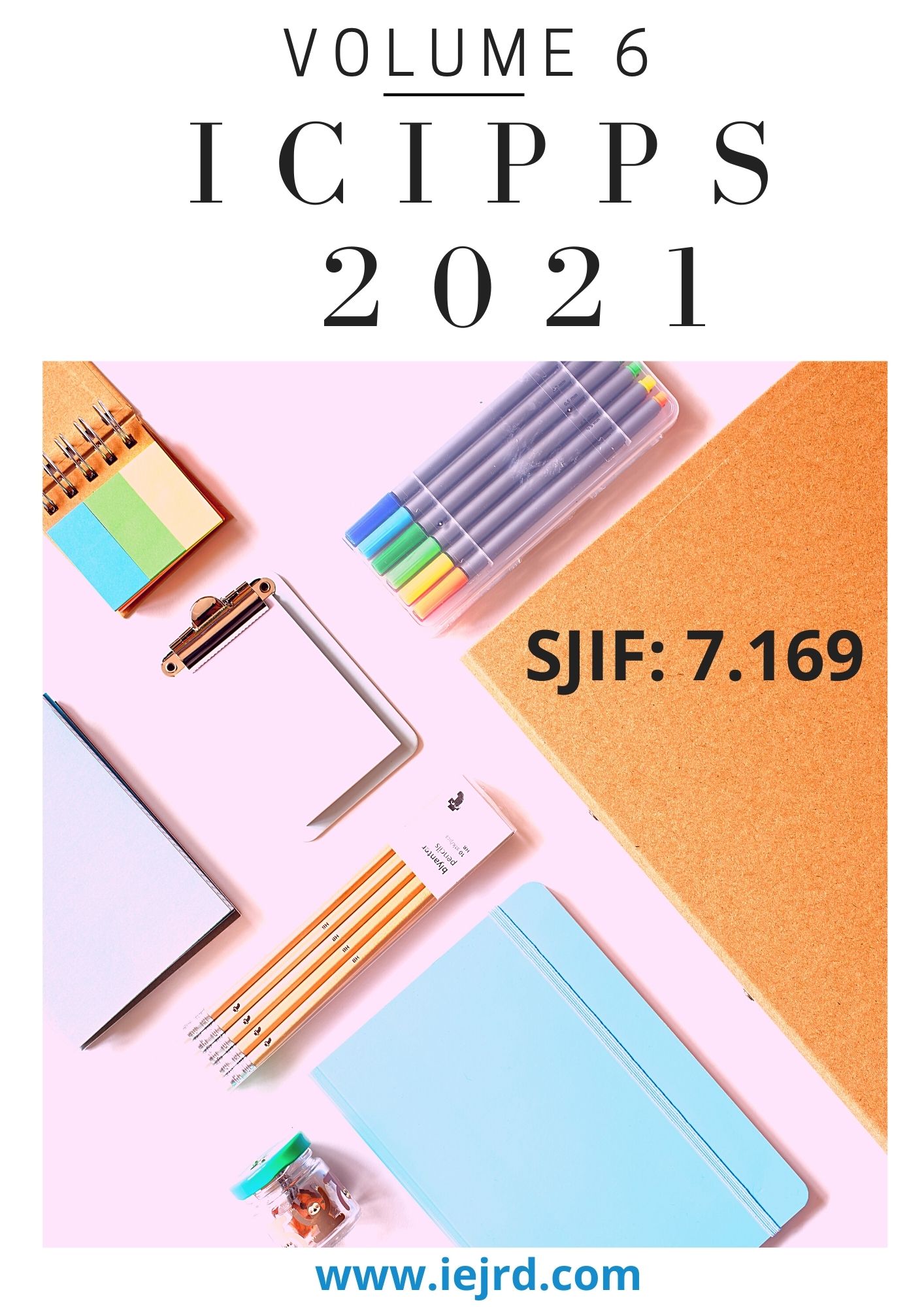BIOECOLOGY OF SINGLE-CELLED INTESTINAL PARASITES
DOI:
https://doi.org/10.17605/OSF.IO/GNXKBKeywords:
parasitism, symbiont, complete, coin-wingedAbstract
Parasitism is when one symbiont (parasite) is another symbiont (host) lives in the body or feeds on the body of the parasite larva during the entire period of feeding. Parasitism leads to the death or complete loss of the owner. As G.A. Viktorov (1976) points out, parasitism is one during more or less part of its life in another of the organism is used as a food source and habitat. Parasitism The appearance is very common in the class of insects. Fully evolving parasites are common in five categories of insects, namely, parasitoids, amphibians, hard-winged, fan-winged, and coin-winged species. It is widely used in biological protection of cotton from pests, especially in the case of tapeworms (trichogramma, bracon).
Downloads
Downloads
Published
How to Cite
Issue
Section
License

This work is licensed under a Creative Commons Attribution-NonCommercial-NoDerivatives 4.0 International License.






















